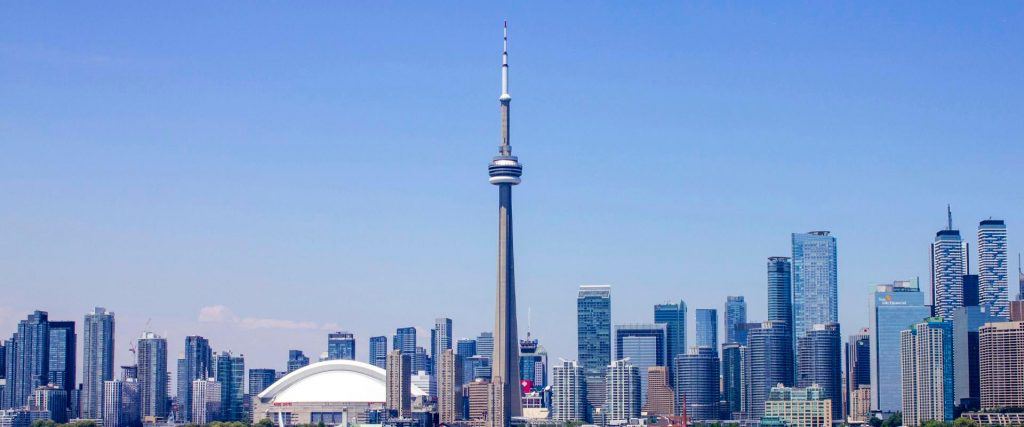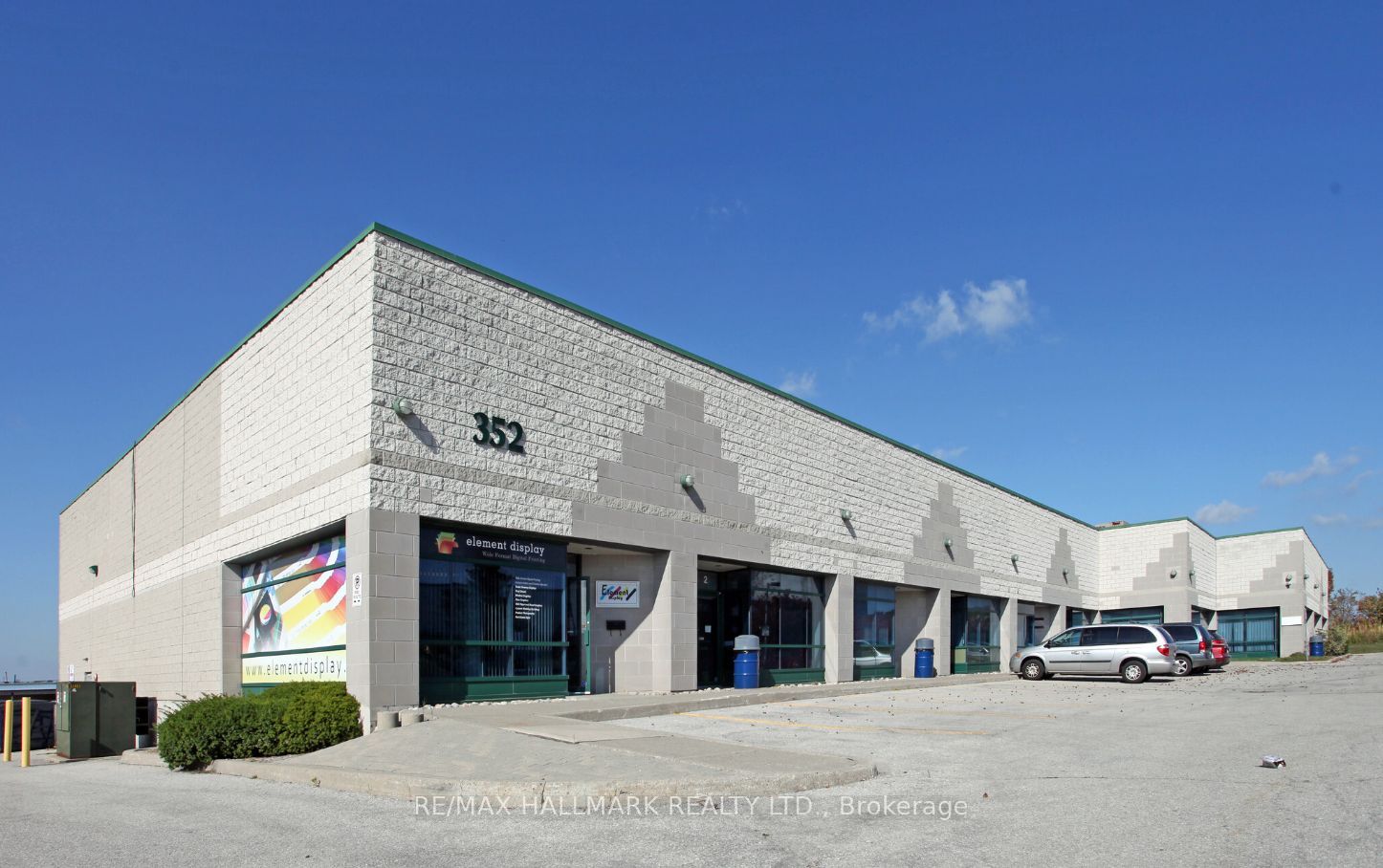Canada's National Office Vacancy Rate Dips in Q3: CBRE

Canada’s National Office Vacancy Rate Dips in Q3: CBRE
The office markets in Canada’s major cities aren’t as buoyant as during pre-pandemic days, but are still doing relatively well in comparison to those in other countries.
CBRE just released a report that examines the Canadian office market during Q3 2022, and national managing director Jon Ramscar shared his views on the current climate, and what to expect in the coming quarters, with RENX.
Though office vacancy remains elevated compared to before the COVID-19 pandemic, Canada still boasts three of the five lowest downtown vacancy rates in North America.
Vancouver was at 7.1 per cent, Ottawa at 11.5 per cent and Toronto at 11.8 per cent. That compares to Manhattan at 15.2 per cent, San Francisco at 24.2 per cent and Dallas at 32.2 per cent.
Ramscar attributes those differences to Canadian cities having lower vacancy rates before the pandemic, and to the stability of the country’s relatively small number of major building owners.
Downtown and suburban vacancy rates
The national vacancy rate decreased by 10 basis points to 16.4 per cent in the third quarter, which was a first since the onset of the pandemic. This was led by further improvement in the suburbs, as downtown markets remained stable with 16.9 per cent vacancy.
Ramscar said an exodus from downtown to suburban offices which had been predicted by some observers early in the pandemic hasn’t materialized. He did note, however, that physical occupancy as opposed to contractual occupancy is higher in the suburbs, even though it is now also starting to rise in downtown buildings.
While Toronto remains behind global competitors London and New York City for physical office occupancy, largely because it had longer and more severe lockdowns due to COVID-19, Ramscar said it’s gradually making up ground.
The Toronto office market is also heavily influenced by major banks and insurance companies and, once they start to enact wide-scale back-to-the-office mandates, Ramscar expects occupancy numbers to increase even more as they have in London and New York.
Calgary, Waterloo Region and Toronto were the only markets to report decreases across both their respective downtown and suburban regions.
Some companies that have been expanding have moved from suburban to downtown offices as part of a flight to quality to attract and retain talent and enhance branding, according to Ramscar.
Class-A vs. class-B office performance
As downtown tenants prioritize quality over cost, the national vacancy rate of downtown class-B office towers (21.4 per cent) was nearly 50 per cent higher than for downtown class-A product . Downtown class-B vacancies are at a national all-time high.
That trend began early during the pandemic and the gap has continued to widen.
“What companies, investors and occupiers are betting on is high-quality, well-located buildings or built-out space where they’ve got an option to get a deal and upgrade as part of the war for talent,” said Ramscar.
Demand for quality space has kept downtown class-A vacancy under or around 10 per cent in Vancouver (6.7 per cent), Ottawa (eight per cent) and Toronto (10.2 per cent).
Toronto and Vancouver have become cities where global companies want to locate and expand, with technology-based firms leading the way.
“We’ve got great talent and are reasonably cost-effective,” said Ramscar. “We’re very liberal, open and welcoming and offer a great quality of life.”
While more occupiers are solidifying their remote and hybrid work models, new supply is expected to have the largest impact on vacancy rates moving forward. Backfill spaces due to tenant relocations into new builds are expected to come to market over the coming quarters in Vancouver, Toronto and Montreal.
Positive office absorption and declining sublets
There was 2.1 million square feet of positive net absorption recorded in the third quarter, with much of it attributed to the delivery of pre-leased new supply. Excluding the new deliveries, absorption was 207,000 square feet.
Calgary and Waterloo Region experienced a pick-up in absorption activity, primarily from engineering, financial services and creative industry firms.
Vancouver and Ottawa saw some softening as some tenants decided they no longer required as much space, which resulted in an uptick in sublease offerings. Halifax had the largest increase in sublet space at 43 per cent, while Montreal, Toronto and Winnipeg had much smaller increases.
Sublet activity has declined significantly since early in the pandemic, however.
Calgary, which is typically known for having a higher share of sublet space, has seen these offerings decline for five consecutive quarters to 16.9 per cent of vacant space — a seven-year low in absolute terms. Sublease decreases were also noted in Edmonton and London.
Subleases accounted for 18.2 per cent of total vacancy nationally in Q3 and maintained the Q2 total of three per cent of existing inventory.
With occupiers remaining focused on quality, amenity-rich spaces to draw employees back to the office, built-out sublet offerings are presenting enticing ready-to-occupy options.
Office development activity and pre-leasing
Office construction levels declined to 12.7 million square feet, with major project deliveries coming to market in downtown Toronto as well as suburban Montreal and Halifax during the third quarter.
Suburban office development activity is led by Vancouver, where the suburban vacancy rate has remained under seven per cent during the past four quarters and is the lowest of the major markets.
The active development pipeline is equal to just 2.6 per cent of inventory. It is 54 per cent pre-leased.
Pre-leasing rates have remained stable because a lot of this activity took place pre-pandemic and was already committed.
There were some large office lease deals signed in the third quarter, including:
- Microsoft completing a deal for approximately 400,000 square feet at the under-construction B6 at 1090 W. Pender St. in Vancouver;
- medical technology provider PointClickCare expanding its presence by taking 90,000 square feet over three floors at The Well in Toronto;
- and India-based information technology provider Mphasis signing up for 26,160 square feet for its new Canadian headquarters at First Tower in Calgary.
Optimism still remains
Despite uncertainty about future office demand — combined with a near-term economic slowdown, rising financing and construction costs, and labour shortages — Ramscar said no developments have paused construction and landlords remain committed and optimistic.
“I think, with interest rates rising, we have choppy, choppy seas ahead,” said Ramscar.
“But I think we’re well-placed with the fundamentals we have. We don’t have a lot of stock to play with, and it’s so controlled, and we’ve got huge demand fundamentals.”
Source Real Estate News EXchange. Click here to read a full story









